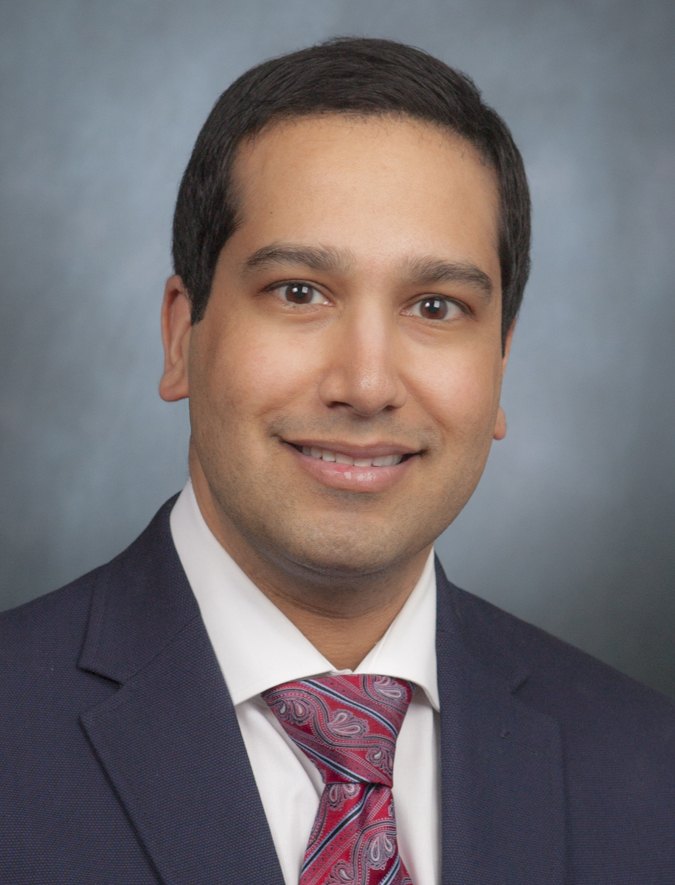Anatomic considerations in headaches associated with cervical sagittal imbalance: A cadaveric biomechanical study. Journal Article
Local Library Link: Find It @ Loyola
| Authors: | Kalmanson, OA; Khayatzadeh, S; Germanwala, A; Scott-Young, M; Havey, RM; Voronov, LI; Patwardhan, AG |
| Article Title: | Anatomic considerations in headaches associated with cervical sagittal imbalance: A cadaveric biomechanical study. |
| Abstract: | Chronic Forward Head Posture is associated with headaches, neck pain, and disability, though few studies have investigated the effects it has on the suboccipital triangle. The objective of this study was to quantitatively assess whether the biomechanical changes in the suboccipital triangle help explain the clinical manifestations of Forward Head Posture. Specifically, this study aimed to identify whether the Greater Occipital Nerve or C2 nerve root may be compressed in Forward Head Posture. Three-dimensional, specimen-specific computer models were rendered from thirteen cadaveric cervical spine specimens. The spines transitioned from neutral to Forward head posture while motion data was collected. This data was synced with the computer models to make precise measurements. In Forward Head Posture, occiput-C1, C1-C2, and occiput-C2 segments extended by 10.7?±?4.6?deg, 4.6?±?4.3?deg, and 15.3?±?2.3?deg, respectively. The Rectus Capitis Posterior Major and Minor and Obliquus Capitis Superior muscles shortened by 20.0?±?4.6%, 15.0?±?7.6%, and 6.6?±?3.3%, respectively. The Obliquus Capitis muscle inferior length did not change. The suboccipital triangle area decreased by 18.7?±?6.4%, but the protective gaps surrounding the C2 nerve root and the Greater Occipital Nerve did not reveal clinically significant impingement. The C2 nerve root gap decreased by 1.0?±?1.3?mm and the Greater Occipital Nerve gap by 0.2?±?0.18?mm. These results demonstrate that the C2 nerve root and the Greater Occipital Nerve are protected by the bony landscape of the cervical spine. However, there is likely persistent contraction of the rectus muscles in Forward Head Posture, which suggests a secondary tension-type etiology of the associated headache. |
| Journal Title: | Journal of clinical neuroscience : official journal of the Neurosurgical Society of Australasia |
| ISSN: | 1532-2653; 0967-5868 |
| Publisher: | Elsevier Inc |
| Date Published: | 2019 |
LUC Authors
-
 49
49Germanwala -
 26
26Patwardhan
Related LUC Article
